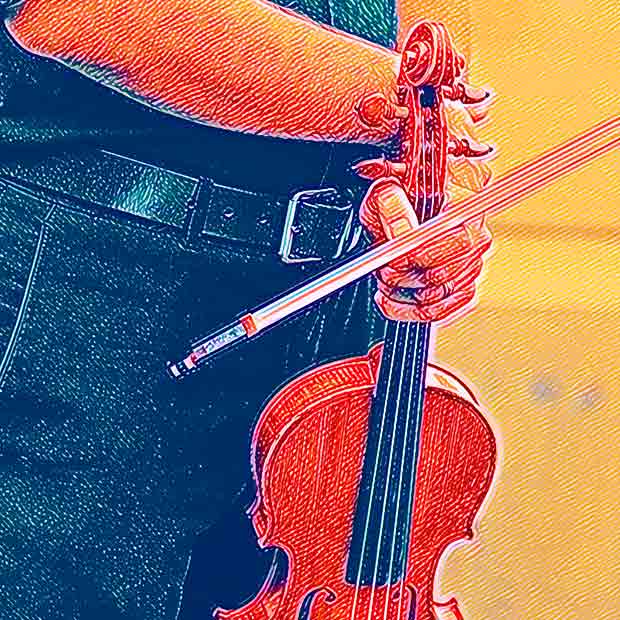There’s a well-known story about an experiment conducted by the Washington Post and world-famous violinist Joshua Bell. They decided to have Bell do some busking at the Washington D.C. Metro to see what kind of reaction he got. The story is somewhat infamous—apparently it has been blogged about as a metaphor for countless topics. Perhaps this is the first time it’s been the inspiration for a UX blog?
You can read the original Washington Post article—it’s worth the time if you can spare it. If not, I’ll summarize. Joshua Bell is a world renowned, Grammy award-winning violinist. He plays a multimillion-dollar Stradivarius. He regularly fills the world’s great concert halls at ticket prices well over $100. Back in 2014, donning casual attire and a ballcap, he set up at a Washington D.C. Metro station by placing his open violin case on the floor in front of him and throwing in a few dollars and some change (as buskers typically do to give passersby the idea that they should do the same). The article posed the question, “If he played for spare change, incognito, outside a bustling Metro stop in Washington D.C., would anyone notice?” Here’s a 2-minute video of the busking experiment shot with a hidden camera. The result of the experiment according to the Post article:
In the three-quarters of an hour that Joshua Bell played, seven people stopped what they were doing to hang around and take in the performance, at least for a minute. Twenty-seven gave money, most of them on the run—for a total of $32 and change. That leaves the 1,070 people who hurried by, oblivious, many only three feet away, few even turning to look.
You might say that the question is, “What’s wrong with people, don’t they recognize genius, can’t they stop for a moment and smell the roses?”
Actually, in my opinion, that’s the wrong question. We shouldn’t be at all surprised by people rushing by and paying no attention. The Post article included comments by Mark Leithauser, a senior curator at the National Gallery. Leithauser offers an opinion of what happened at that Metro station:
“Let’s say I took one of our more abstract masterpieces, say an Ellsworth Kelly, …and brought it into…one of those restaurants where there are pieces of original art for sale…and I hang that Kelly on the wall with a price tag of $150. No one is going to notice it. An art curator might look up and say: ‘Hey, that looks a little like an Ellsworth Kelly. Please pass the salt.’”
Leithauser’s point is that we shouldn’t be too ready to label the Metro passersby unsophisticated boobs. Context matters.
How does this story relate to UX design?
While aesthetics can be an important part of good UX design, I have occasionally worked with creative people who insist on doing design for design’s sake. When performing website UX audits, I’ve seen cases where “creativity” seems gratuitous. Some (fortunately not most) designers are convinced that if they apply enough creativity, people will stop and smell the roses, just like people expected of passersby in the Joshua Bell story.
Places I see this most frequently include:
- Image carousels at the top of web pages
- Large videos or images at the top of web pages that push important content below the fold
- Images or icons that show hidden content visible only on mouseover (or not visible at all on mobile devices)
- Site navigation (on desktop browsers) that’s hidden behind a hamburger icon
When web designs are subjected to usability testing, sometimes designers are surprised by users’ confusion or lack of appreciation for their “creativity.” The designer might ask, “Why don’t they ‘get’ it?” But that’s the wrong question. One tenet I believe strongly is that if users don’t “get it” it’s our fault as designers, not theirs. You might say the users is always right.
Context matters
Instead of “Why don’t they ‘get’ it?” the better question is, “What are people trying to accomplish and as a designer how can I best help them achieve that end?” That’s the entire proposition of human-centered design. Design can—and often should—be beautiful or entertaining. But that’s only if the context makes those things expected and appropriate. People online are metaphorically in a hurry to make it to their train on time and get to their destination. That’s why they’re in the virtual Metro station. As designers our job is to help get them where they want to go.
